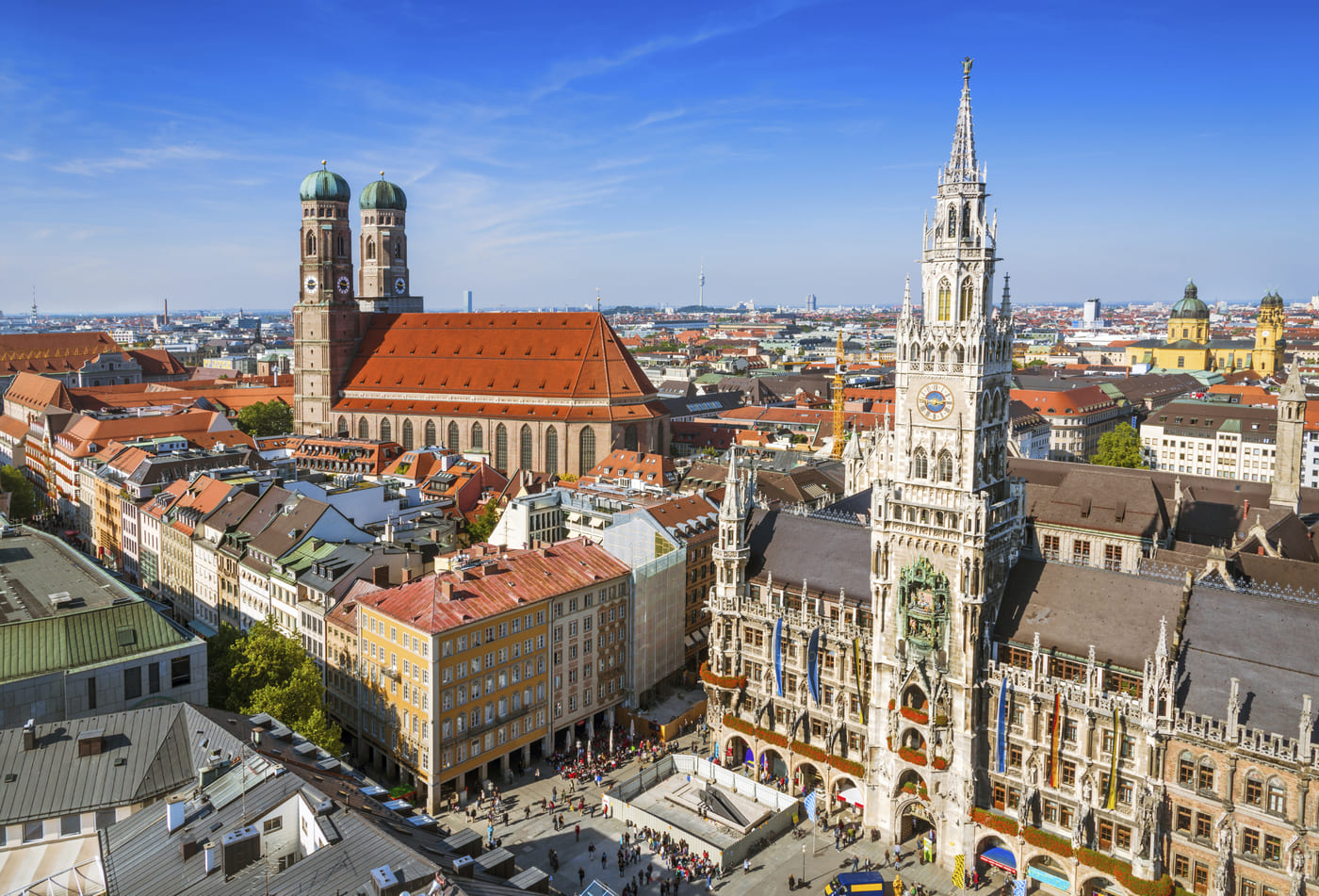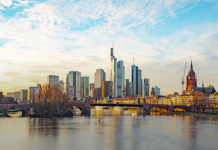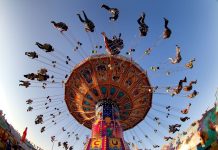Forget everything you know about Munich.
You never stop getting to know the city that hosts our hub – the Franz Josef Strauss International Airport. It is dotted with little-known and fascinating corners, light years away from the traditional Munich.
In a nutshell, in this Weird and Wonderful Guide to Munich, you won’t find any traces of Christmas markets, pretzels or beer tankards…
Top 5 unexpected places to discover in Munich
-
- The Japanese Tea House
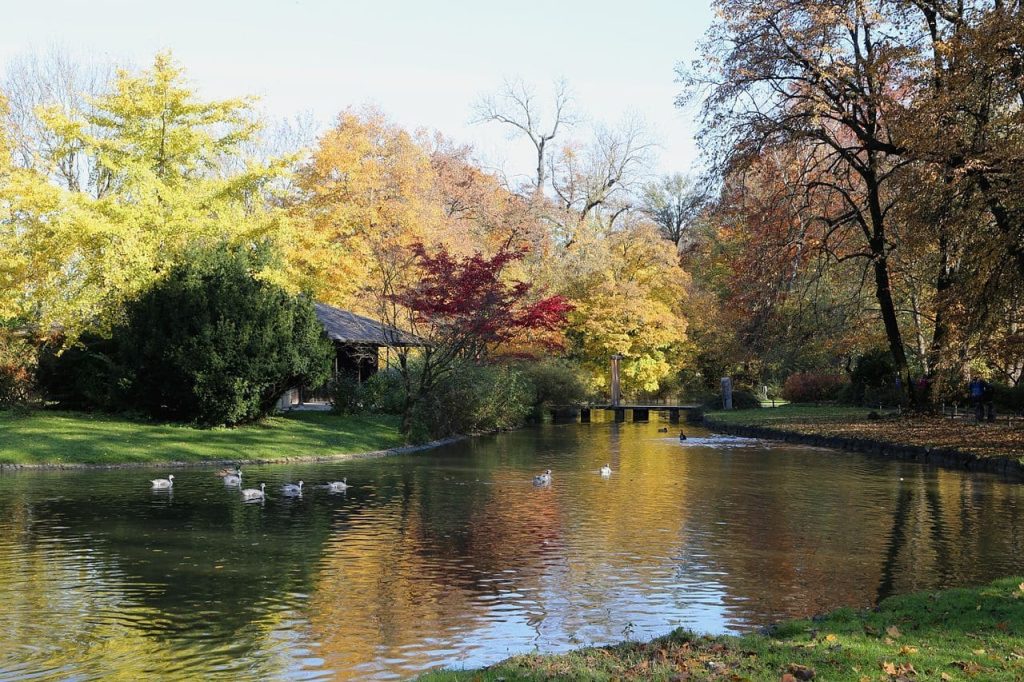 In the heart of the Englischer Garten (the big park that goes from the city centre to the northern-east edge of Munich), stands a curious building in traditional Japanese style. It was gifted to the city of Munich by Japan for the Olympic Games in 1972. It is possible to observe the ancient tea ritual in the summer, between April and September. In the off-season, the outside and building of the Japanisches Teehaus are well worth a visit. Don’t miss it!
In the heart of the Englischer Garten (the big park that goes from the city centre to the northern-east edge of Munich), stands a curious building in traditional Japanese style. It was gifted to the city of Munich by Japan for the Olympic Games in 1972. It is possible to observe the ancient tea ritual in the summer, between April and September. In the off-season, the outside and building of the Japanisches Teehaus are well worth a visit. Don’t miss it!
- The endless staircase
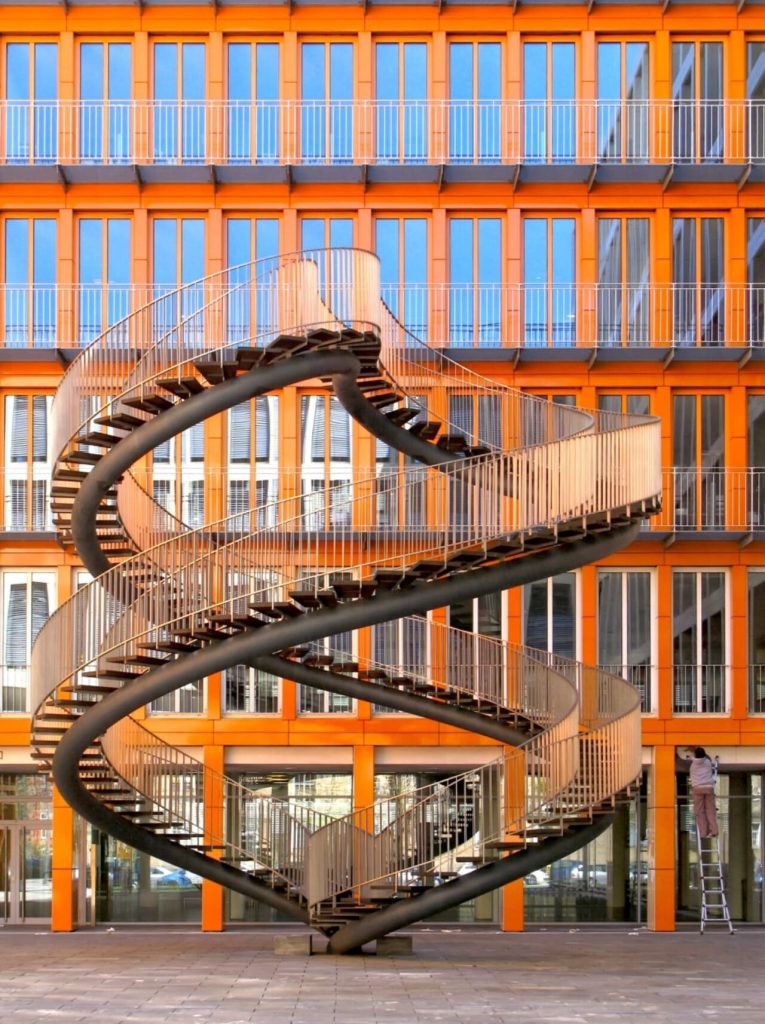 The anonymous courtyard of a building complex in the outskirts of Schwanthalerhöhe hosts an unexpected and hypnotic work of art. Umschreibung is the name of the 10-metre-tall sculpture made by Danish artist Olafur Eliasson. It’s a double helix endless staircase, a true ‘gem’ for fans of architecture… and helices!
The anonymous courtyard of a building complex in the outskirts of Schwanthalerhöhe hosts an unexpected and hypnotic work of art. Umschreibung is the name of the 10-metre-tall sculpture made by Danish artist Olafur Eliasson. It’s a double helix endless staircase, a true ‘gem’ for fans of architecture… and helices! - The old southern cemetery
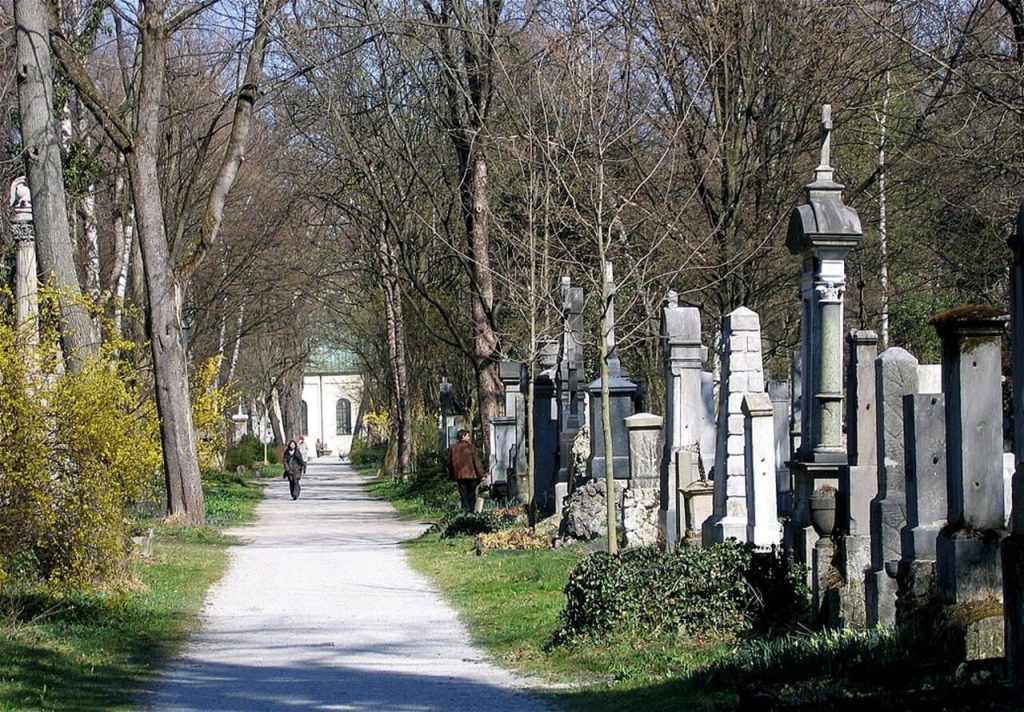 Okay, this one might seem a bit odd. Some people think that there’s nowhere more fascinating than the Alter Südfriedhof. It was founded in 1563 during the reign of Albert V of Bavaria to host plague victims and it went on to be used until 1944. After a careful renovation that ended in 2007, the cemetery was transformed into a silent park where you can admire the sculptures that embellish the tombs of some of the most enlightened German minds in history, such as artists, scientists and politicians.
Okay, this one might seem a bit odd. Some people think that there’s nowhere more fascinating than the Alter Südfriedhof. It was founded in 1563 during the reign of Albert V of Bavaria to host plague victims and it went on to be used until 1944. After a careful renovation that ended in 2007, the cemetery was transformed into a silent park where you can admire the sculptures that embellish the tombs of some of the most enlightened German minds in history, such as artists, scientists and politicians. - The bejewelled skeleton
 In St Peter’s Church (Peterskirche) lie the relics of Saint Munditia, thought to have been beheaded in 310 AD. The very stylish patron saint of ‘spinsters’ lies in a glass shrine, dressed in see-through netting and decorated with pearls and rhinestones. Stones also decorate her skull and she holds a container of dried blood in her hand to symbolise her execution. There is a festival in her memory every 17 November in Munich.
In St Peter’s Church (Peterskirche) lie the relics of Saint Munditia, thought to have been beheaded in 310 AD. The very stylish patron saint of ‘spinsters’ lies in a glass shrine, dressed in see-through netting and decorated with pearls and rhinestones. Stones also decorate her skull and she holds a container of dried blood in her hand to symbolise her execution. There is a festival in her memory every 17 November in Munich. - Surf on the River Eisbach
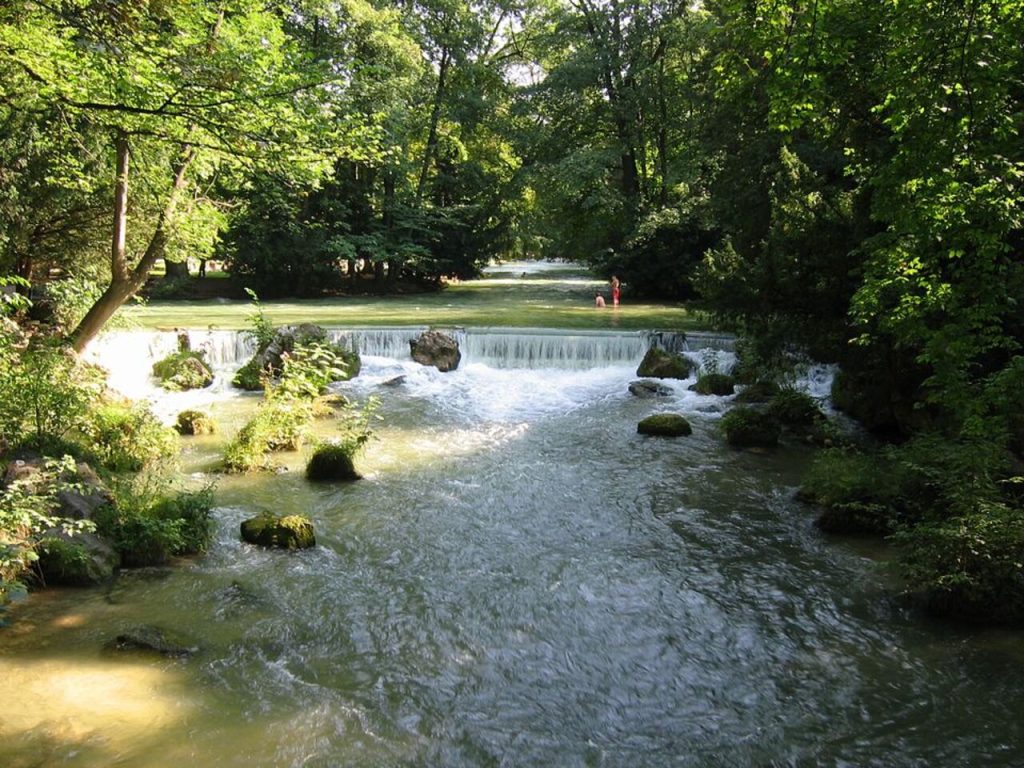 The Eisbach is a small artificial river that flows through Englischer Garten (not far from the Japanese tea house!) and is a tributary of the River Isar. Right next to the art museum Haus der Kunst, there is a static wave measuring about 1 metre that creates the ideal conditions for practising river surfing. The river has been a destination for surfers from all over the world since 1972, but the activity was only authorised in 2010. A sign on the river bank reads: ‘The wave is recommended only to skilled surfers due to strong currents’.
The Eisbach is a small artificial river that flows through Englischer Garten (not far from the Japanese tea house!) and is a tributary of the River Isar. Right next to the art museum Haus der Kunst, there is a static wave measuring about 1 metre that creates the ideal conditions for practising river surfing. The river has been a destination for surfers from all over the world since 1972, but the activity was only authorised in 2010. A sign on the river bank reads: ‘The wave is recommended only to skilled surfers due to strong currents’.
- The Japanese Tea House

